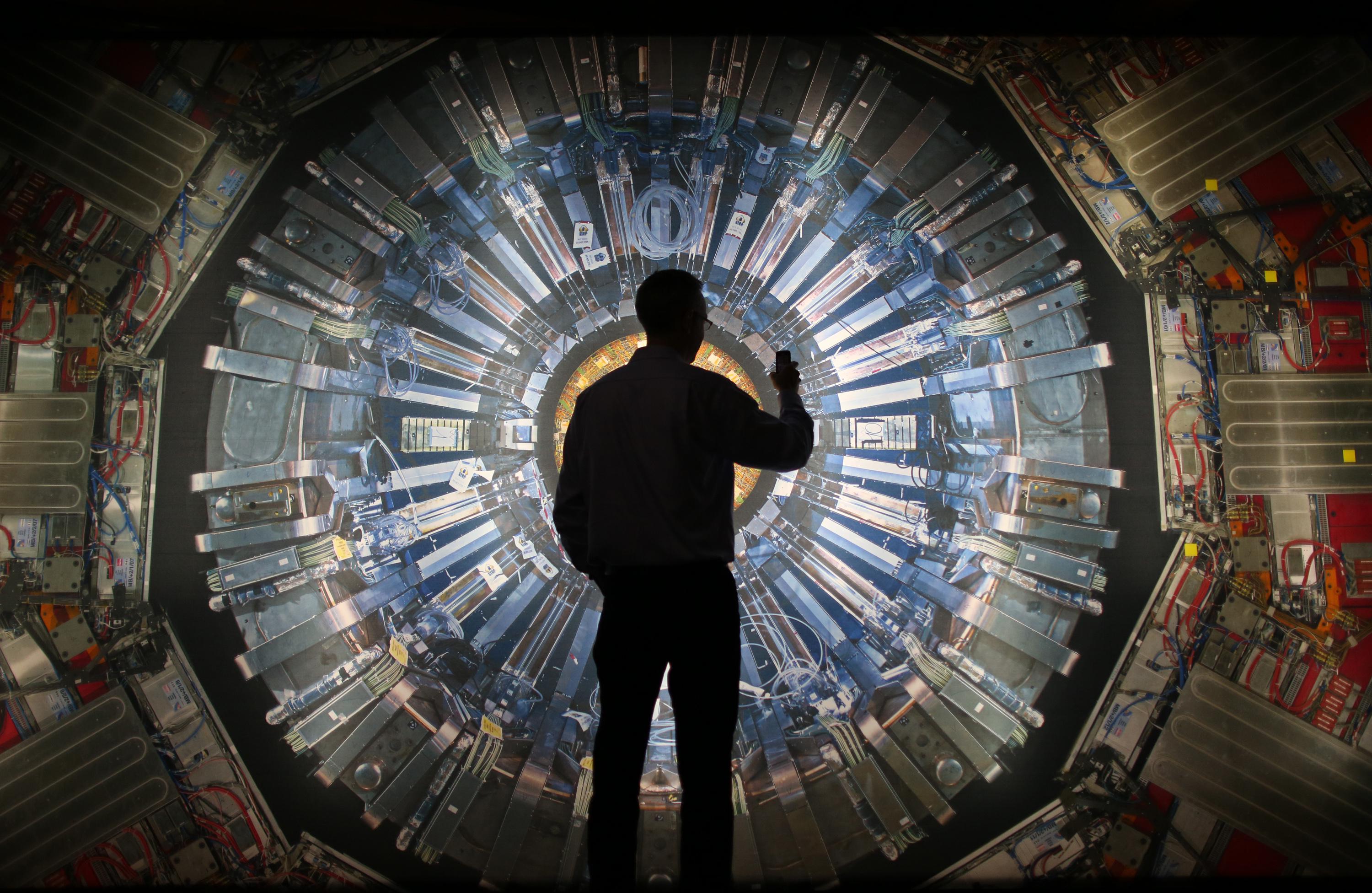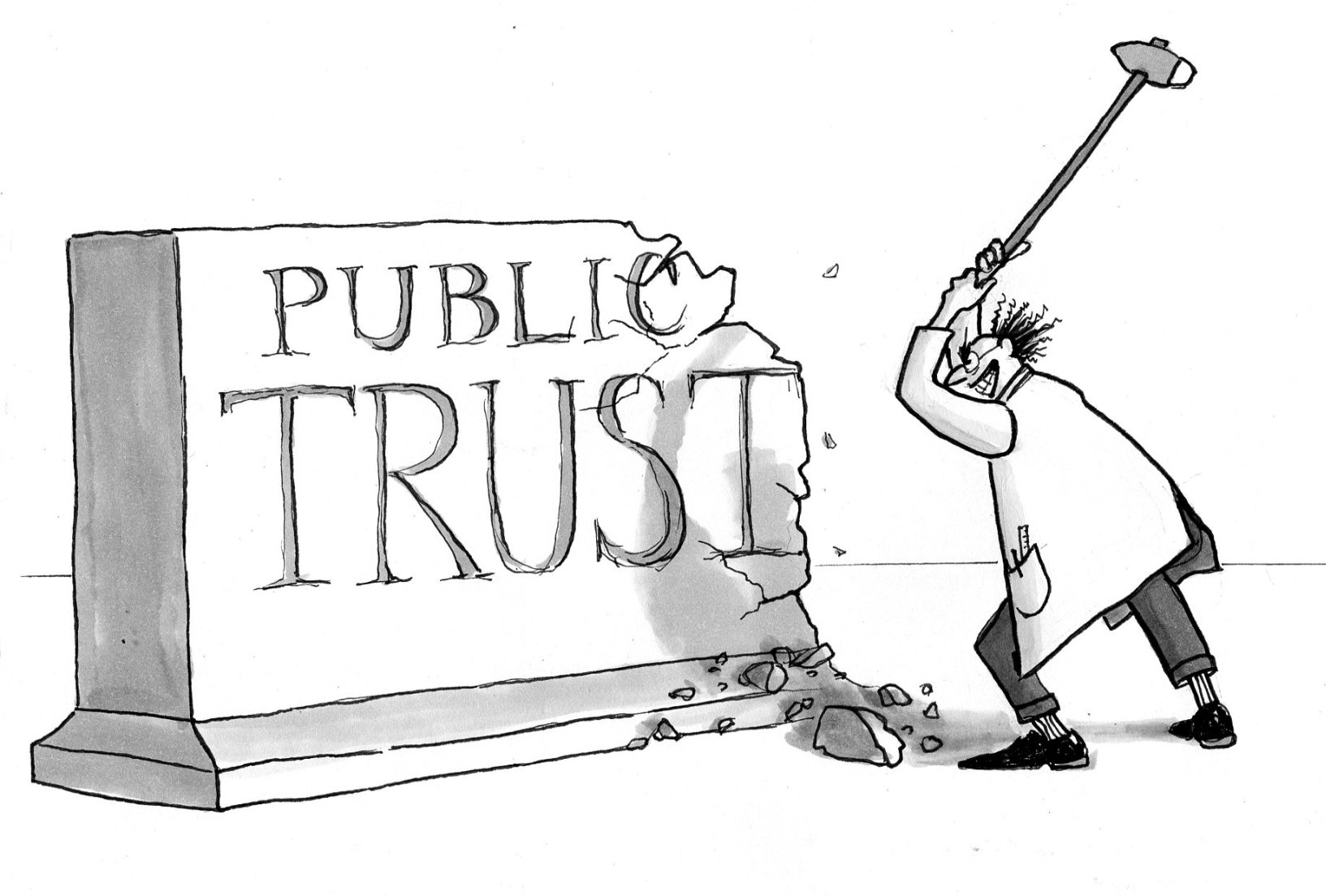scientific method
Modern science progresses with an intensity and even irrationality that Aristotle could not fathom.
Is “science broken” or self-correcting? And who is going to do the grown-up thing and fix the game (instead of scoring points within it)?
All science begins with a leap of intuition, says Richard Dawkins, but we can only ever find objective truths by knowing when to let evidence take over from emotion.
▸
4 min
—
with
Bill Nye is the CEO of The Planetary Society, has his own Netflix show, flew on Air Force One with President Obama, and has at least six honorary doctorate degrees. But there’s one thing that makes him prouder than all that combined.
▸
2 min
—
with



